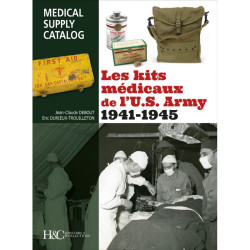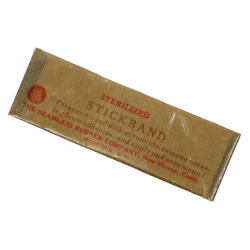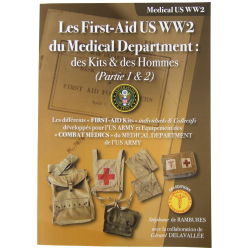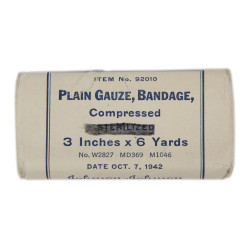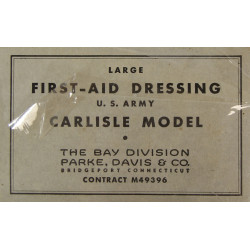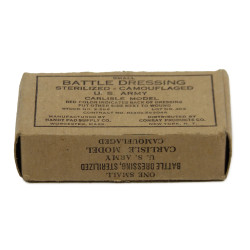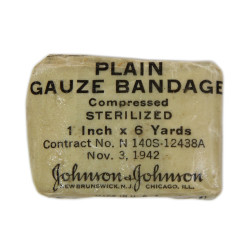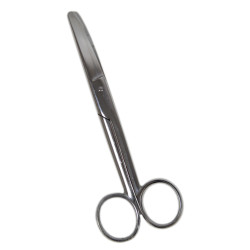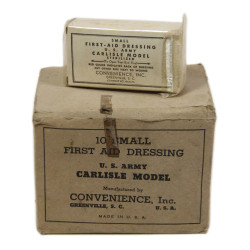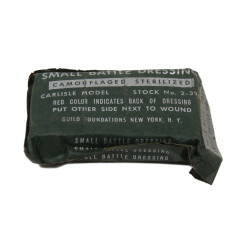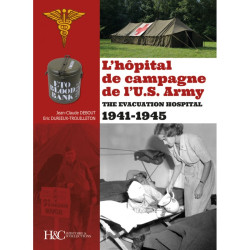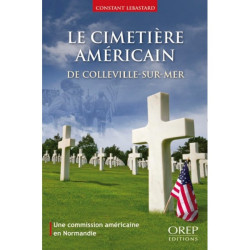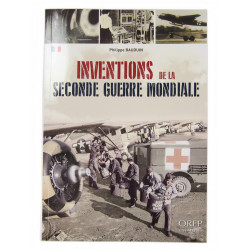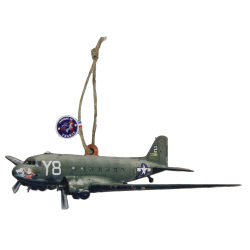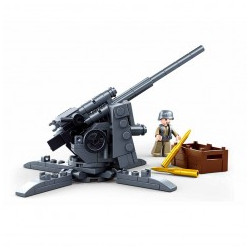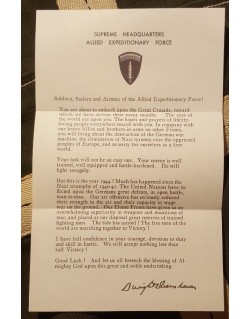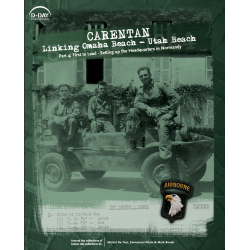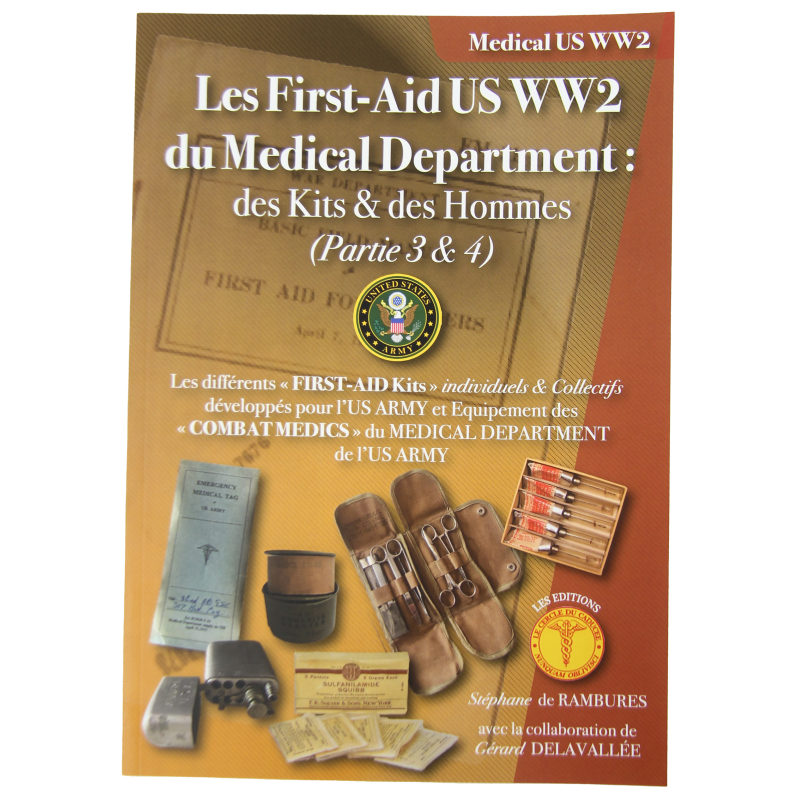



US WW2 First-Aids of the Medical Department: Kits & Men (Part 3 & 4)
US WW2 First-Aids of the Medical Department: Kit & Men (part 3 & 4). The various individual and collective "First-Aid kits" developed for the US Army and "Combat Medics" aquipment of the US Army Medical Department.
At the start of the conflict in Europe in 1939, which would plunge the entire world into war, the United States were not ready to enter the conflict and maintained a certain neutrality while preparing an unavoidable entry in war. So, in 1939 in the United States Army, first-aid kits were civilian models. It was not until 1941 with the reorganization of the US Army Medical Department having now a complete self-governance that the Equipment Laboratory Medical Department located at Carlisle Barracks (Pennsylvania) developed several first-aid kits.
With more than 28 models in 1942, these first-aid kits were either directly worn on each soldier webbing for individual emergency care or with larger kits installed in vehicles, planes, armored vehicles... for collective emergency care. The use of these first-aid kits was the starting point for outstanding actions of the "Combat Medics. These nurses and doctors were trained to provide emergency care on the battlefield, to bring back the wounded, to treat injuries in aid-stations and mobile hospitals, to stabilize the wounded soldiers and move them to general or evacuation hospitals in the rear of combat zone.
This book shows nearly 1000 referenced photos of first-aid related medical equipments. It includes first-aid kits and contents, "Combat Medics" equipment, and all first-aid medical supplies to care the wounded soldiers on the battlefield. As a reference guide, this book will also help you to create, complete or estimate your collection by showing scales of interest and scarcity of the items you hold or wish to acquire.
310 pages.
Product Details
Customer reviews
-
Très satisfait
-
Voir ma première réponse - Alain B








